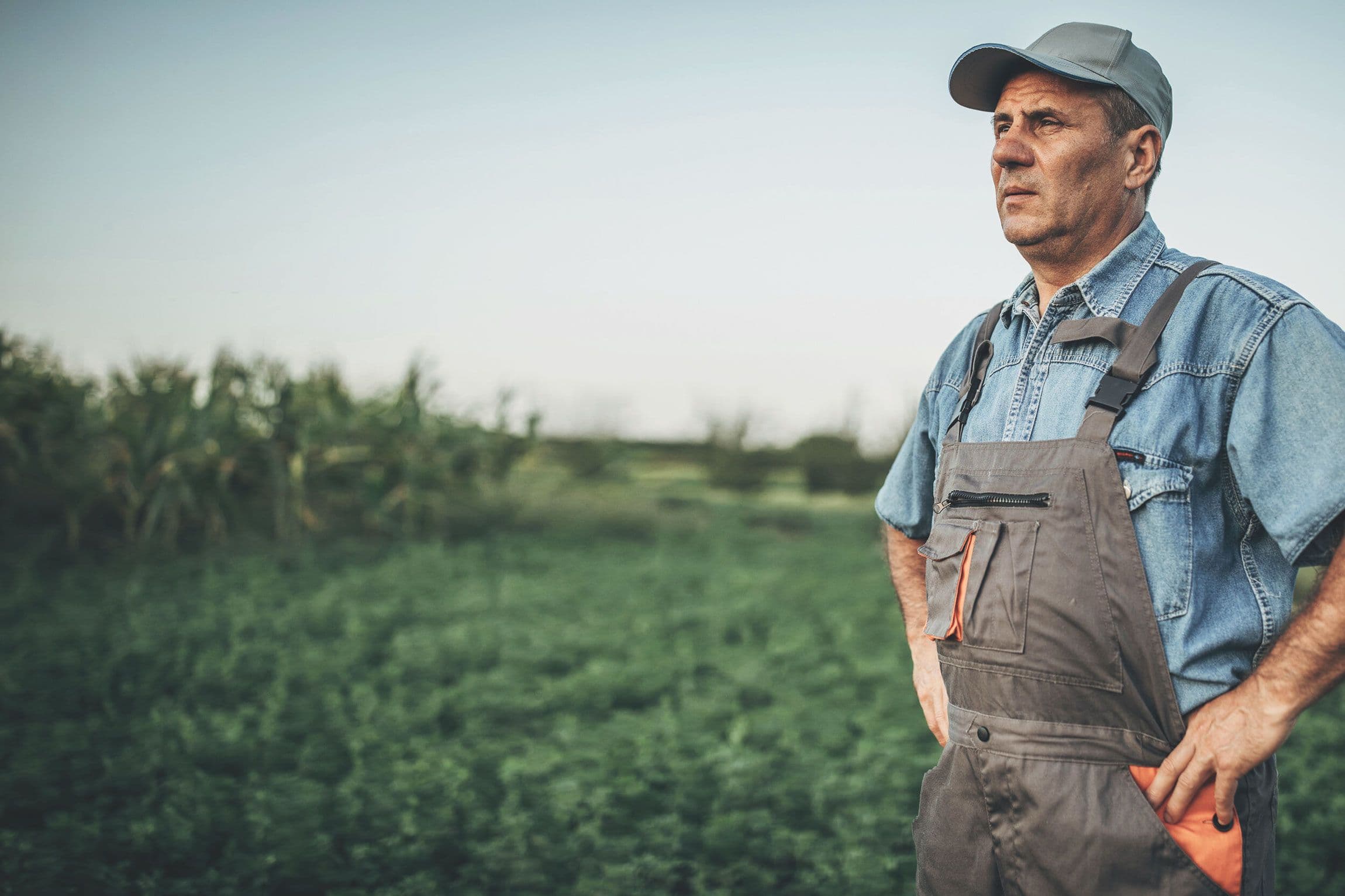
Transformation is needed in our food system. We must be able to provide food to the growing population with low carbon emissions and high animal welfare standards, while using few resources and protecting biodiversity. Moreover, a future food system ensures jobs, social and economic justice to local communities all over the globe. The food produced must be healthy and nutritious for the human body.
Aquaculture has the potential to be an important part of the solution. 70% of the Earth is covered by ocean. Today, however, we obtain only about 2% of our food from the sea. There are limits to the amount of wild fish that can be sustainably harvested. However, sustainable aquaculture can meet the increased demand for seafood in peoples’ diets.
Low-carbon footprint
Farmed salmon has a low carbon footprint compared to other animal proteins. Carbon footprint measures the total greenhouse gas emissions caused directly and indirectly by production of an item. Carbon footprint is measured as tonnes of carbon dioxide equivalent per tonne of edible protein.
Low feed conversion ratio
Farmed salmon has a low feed conversion ratio (FCR) compared to other animal proteins. The FCR measures the productivity of different protein production methods. A lower FCR represents a more efficient use of feed resources.
High edible yield
Edible yield measures how much of the animal is actually used for human consumption. Farmed salmon has a high edible yield compared to other animal proteins.
The road towards a sustainable food system
To utilize the potential of aquaculture in a transformed food system, the salmon farming industry has several challenges to solve in our production and supply chain. We are by no means where we want to be, and everyday is about improvement and finding new ways to reduce our impact and improve fish welfare.
The true contribution of the salmon farming industry to sustainable global food security is to continue to spearhead innovation, technology and the development in the aquaculture sector. When we solve our challenges, our new solutions and farming practices can be transferred to fish farming of other species in rural communities all over the world. That way, we truly farm the ocean for a better future for all.
Read about how Grieg Seafood works to tackle our challenges here.

